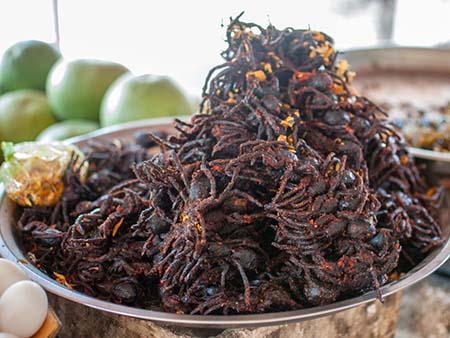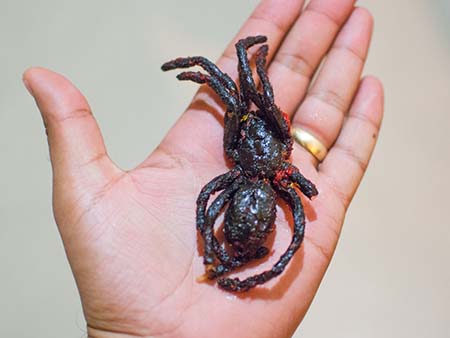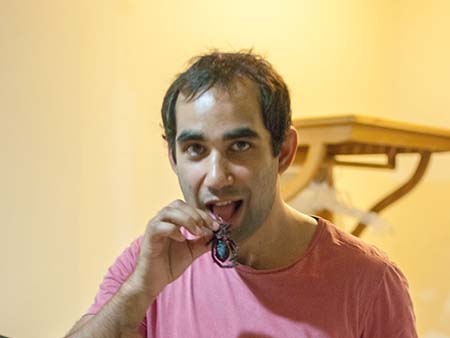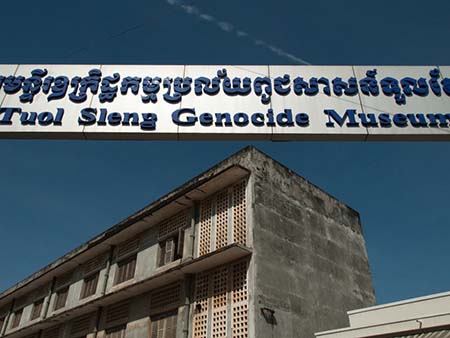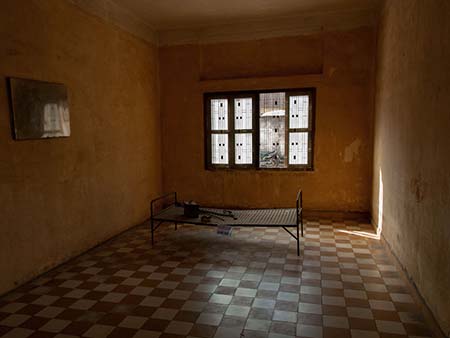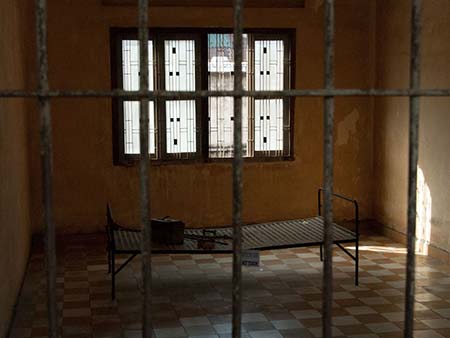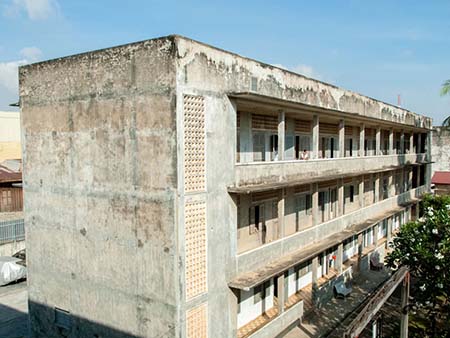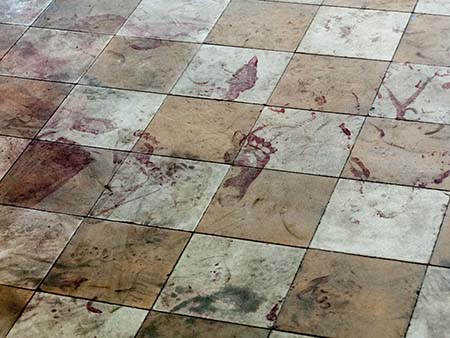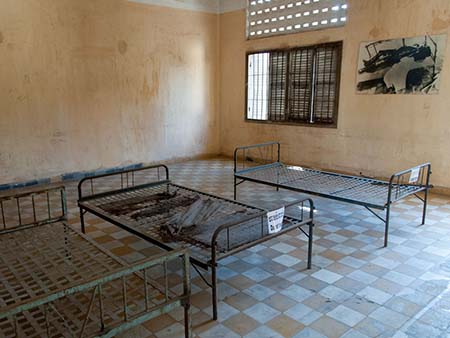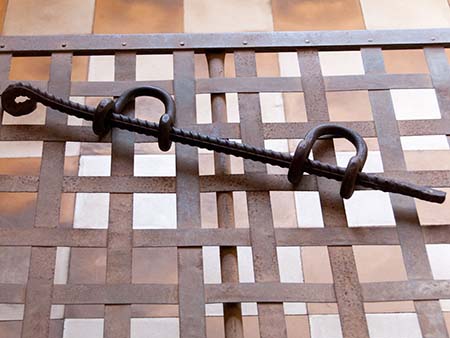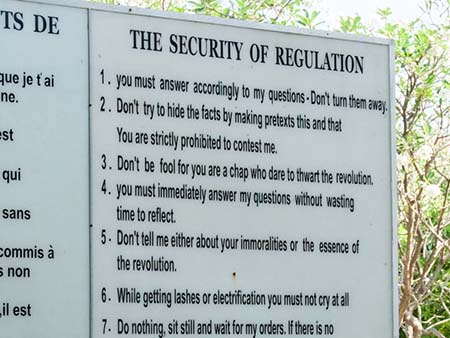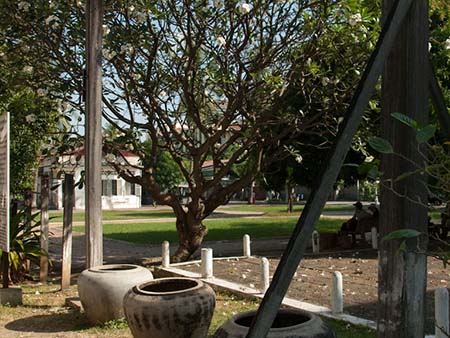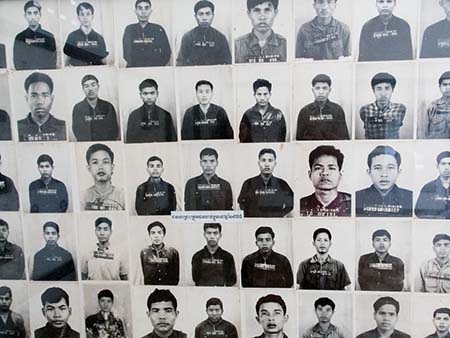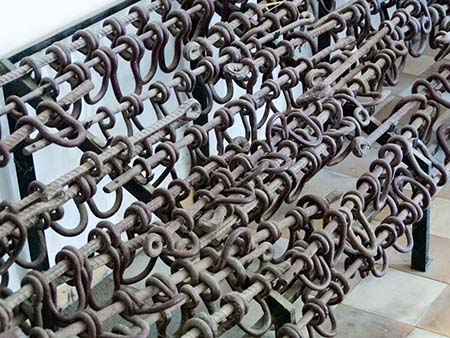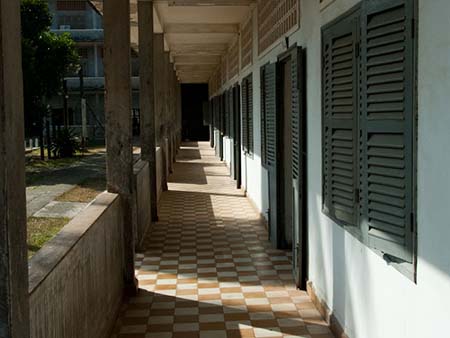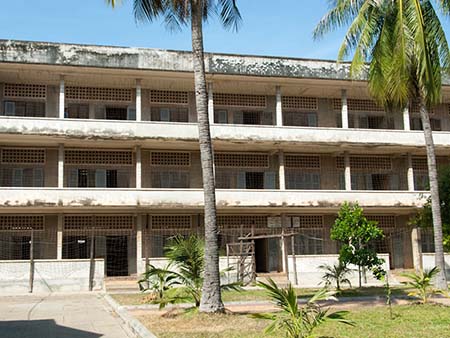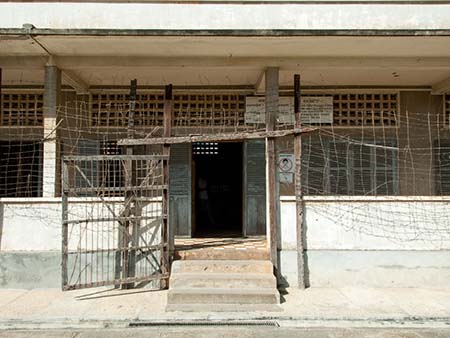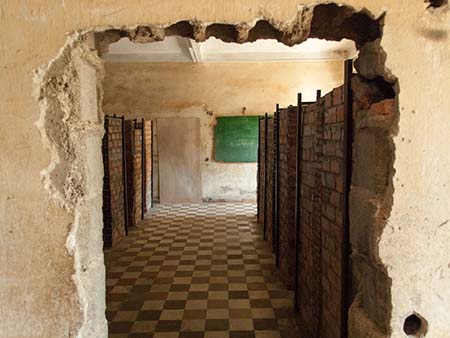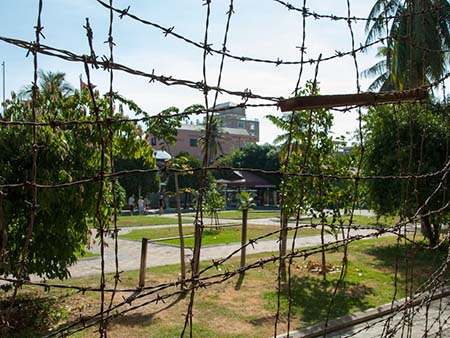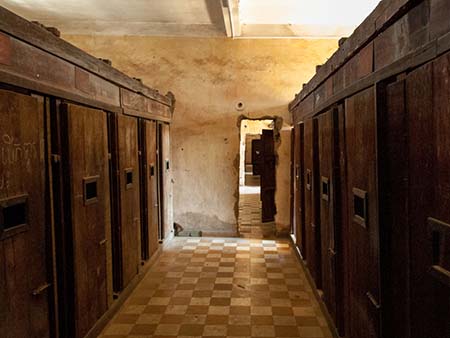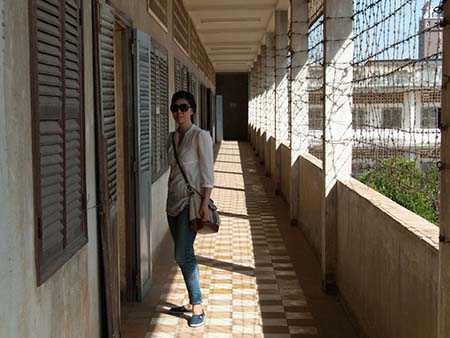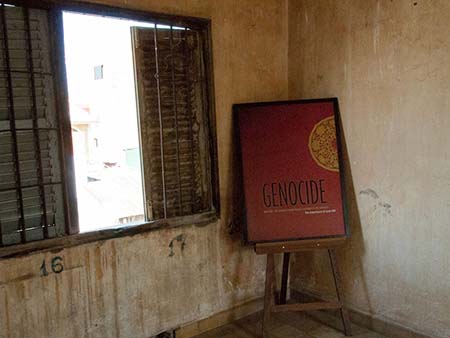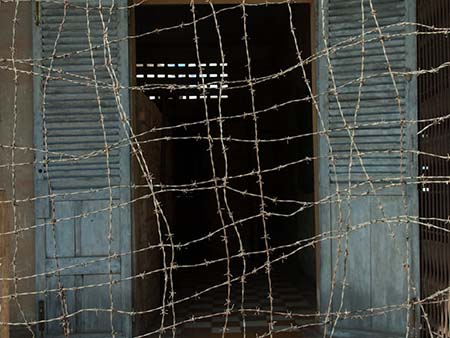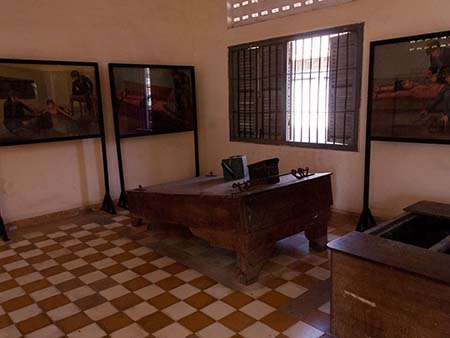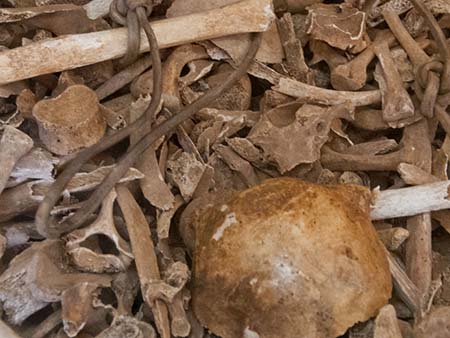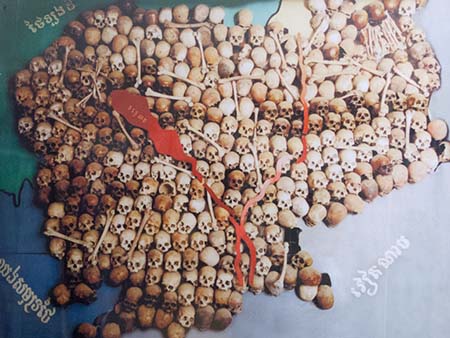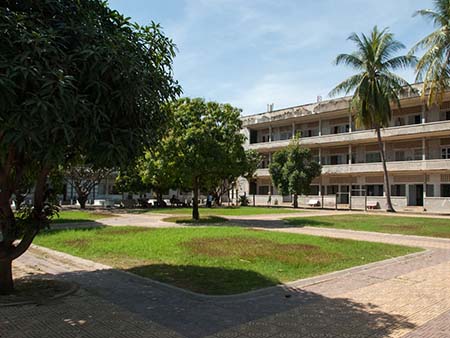We arrived in Siem Reap late in the evening, and had an early night ready for a day of exploring the Angkor Wat temples. We stayed at the lovely Angkor Secret Garden Hotel, where we also hired bikes for $2 a day. Angkor Wat is roughly 7km North of Siem Reap and took us about forty minutes to cycle there one way. At the entrance, we purchased a three-day ticket and headed towards the beautiful Angkor Wat, which was met first once inside the complex.
It was unexpected how large the complex was, particularly the outer surrounding moat, it was also unexpected how many people were there. We wandered to the north-side of the temple, trying to keep away from the tourists entering from the central main entrance. We explored the north flanking library and walked past the water lily filled Reflecting Pond towards the entrance.
We entered the temple’s first level, which present us with a cruciform shaped cloister, known as the ‘Hall of a Thousand Gods’. We explored the inner libraries which were surrounded by lush green grass. We climbed higher into the second level, which featured stone window pillars surrounding the inner gallery called the Bakan. These stone pillars, look like they have been carved on a lathe, and are supposed to mimic wood, which I totally agreed they did.
There was a long queue snaking around the edge of the Bakan for entrance to the inner gallery, after a little under an hour, we reached the eastern stairs. We climbed the steep sloped stairs, which represent the ‘difficulty of ascending to the kingdom of the gods’. At the top were beautiful views of the jungle that surrounded Angkor Wat’s perimeter, right in the centre was the Angkor Wat central spire.
Back on the first level we navigated the outer perimeter of the inner bas-relief friezes, highlights included Heaven and Hell, Battle of the Gods, Procession of Suryavarman II and of course Churning of the Sea of Milk.
We left Angkor Wat, though not the last visit, on our bikes towards Angkor Thom.
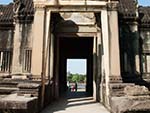
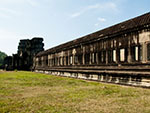
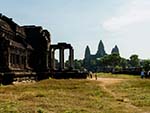
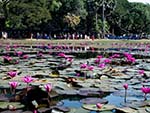
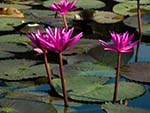
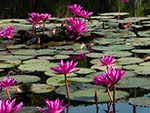
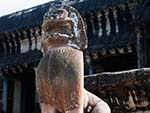
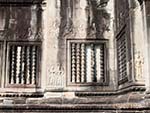
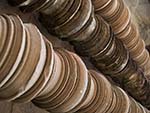
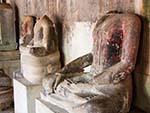
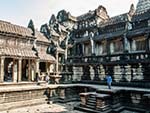
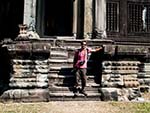
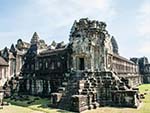
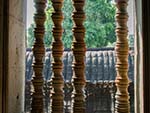
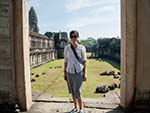
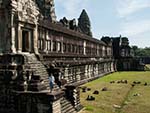
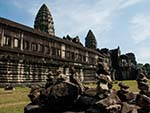
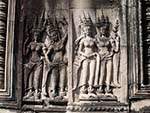
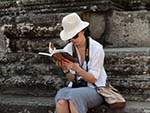
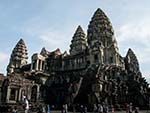
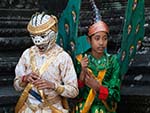
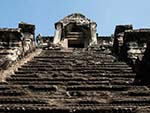
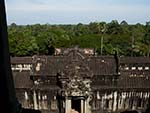
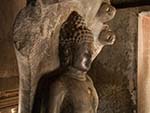
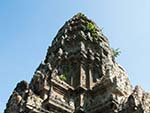
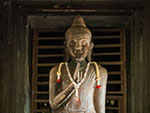
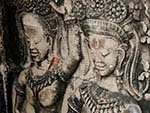
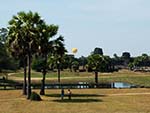
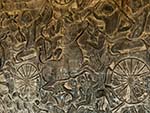
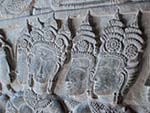
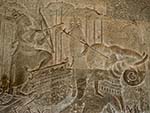
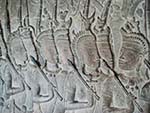
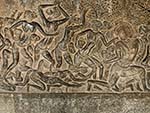
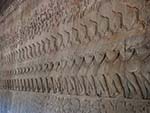
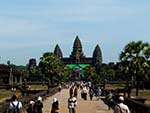
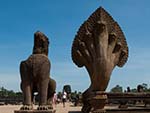
13.4124693
103.86698569999999



































































































































































